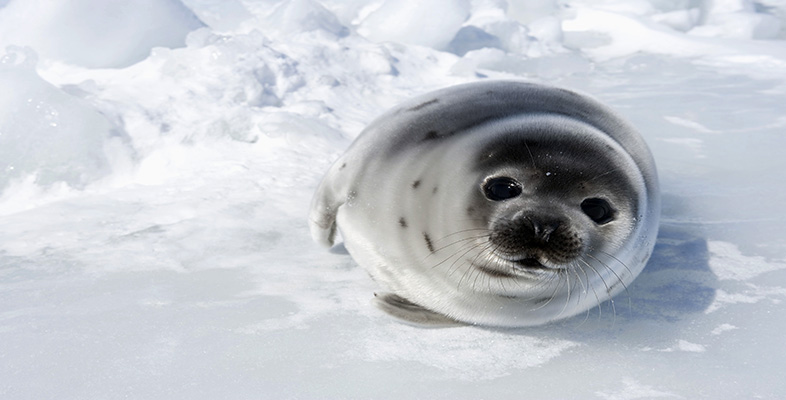6 Conclusion
There is much more to living in polar regions than insulation against the cold. Food may be very scattered both in space and in time and breeding must be tightly synchronized to seasons and food availability. Some of the most spectacular examples of natural obesity and efficient regulation of appetite are found among polar animals. The study of such species not only demonstrates that it is possible to remain healthy and active when very obese and during prolonged fasting, it also helps us to identify the similarities and differences between natural and pathological or artificial obesity. Until recently, people were unable to remain in the Arctic and Antarctic for long enough to study the fauna and flora in detail, but as new techniques become available we can expect to find out more about these organisms living at the extremes of climate.
Endothermic birds and mammals comprise a large part of the polar faunas and survive mainly by more efficient insulation and energy budgeting. Profound modifications of the circulation and muscles enable them to avoid excessive predation from marine mammals and birds, whose body temperature may be 40° C warmer. Some teleost fish and numerous invertebrates (including crustaceans, molluscs and several phyla of worms) have also evolved ways of completing their entire life cycle in the cold. Reptiles and amphibians have failed to adapt to continuous cold and are absent from the arctic and antarctic fauna, although a few species occur in cold areas at lower latitudes, where they hibernate during the winter and feed and reproduce during the brief warm summer.
6.1 Extra-terrestrial life?
Polar biology not only enables us to understand an extensive but, until recently little explored habitat, it may also be an important guide to life elsewhere in the universe. Within the Solar System, extra-terrestrial life is now thought to be most likely on the planet Mars, and on Ganymede and Europa, the largest and smallest of the major moons of Jupiter (the Italian physicist and astronomer Galileo (1564–1642) described and named the four largest moons orbiting Jupiter in 1609–1610; by 2003, at least 61 satellites of Jupiter had been identified). This hypothesis is based mainly upon analysis of the close-up pictures and physical measurements sent back by space probes from the mid−1970s onwards. Mars and Ganymede probably have ice-covered poles, beneath which may be water; the extensive ice-covered seas of Europa may also contain large quantities of water, kept warm by volcanic activity in the rocks below. All these habits resemble the polar regions on Earth: ice, probably cracked and perforated, covers water that is only dimly illuminated by sunlight.
Many astronomers believe that extra-terrestrial organisms would probably resemble the psychrophiles found in the Arctic and Antarctic. Terrestrial psychrophiles include some eukaryotes (mostly fungi and protoctists), but the majority are bacteria, including a wide variety of the primitive Archaebacteria, believed to be the earliest kind of life on Earth. Their metabolism is distinctive in various fundamental ways, including unusual features of their genetic code and cell membranes. The astronomers' current interest in detecting traces of contemporary or extinct extra-terrestrial life is stimulating much new research into the structure, physiology and evolution of psychrophiles.
